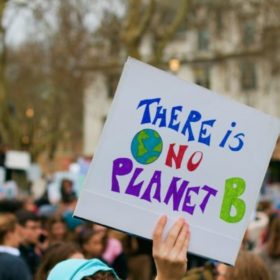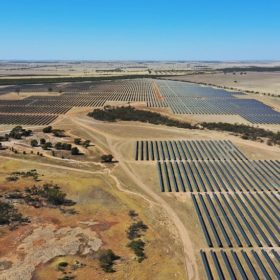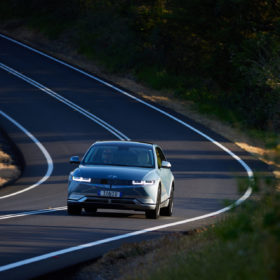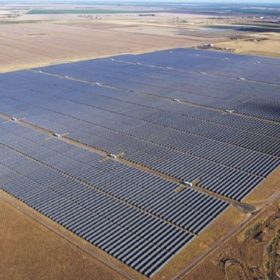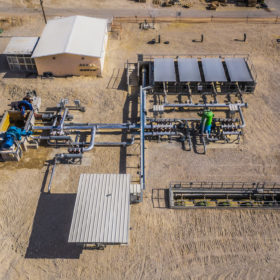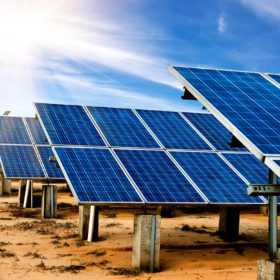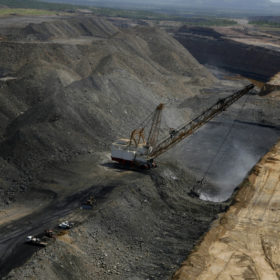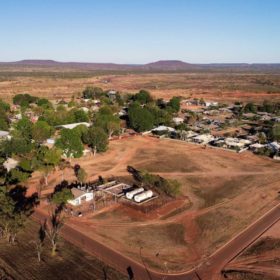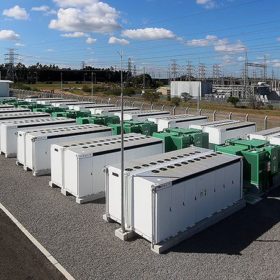What is COP26, and why is it important?
Here’s the rundown of everything you need to know about the upcoming Glasgow Climate Summit.
WA’s largest solar farm changes hands as SUN Energy rises
Indonesian solar PV developer SUN Energy has announced itself in the Australian market, revealing it will purchase the largest solar farm in Western Australia as part of its bold ambition to become a major player in the APAC renewable energy market.
SA drives ahead with road-user charge for EV owners
Owners of electric cars in South Australia will soon be charged for every kilometre they drive with the state government’s push to impose a tax on electric vehicles gathering speed with a Bill to allow the new road-user levy passed in the Upper House.
Neoen notes major milestone as 460 MWp solar farm connects to grid
French renewables developer Neoen’s massive 460 MWp solar farm in Queensland’s Western Downs region is rapidly advancing toward completion with state-owned network operator Powerlink confirming connection to the electricity grid is now complete.
Compressed-air storage for commercial applications
Israel-based Augwind has built its first 250 kW/1 MWh compressed air storage system for the collective community of Yahel, in the southern, desert part of the country. The commercial scale facility will be connected to a PV system and will be used for behind-the-meter services.
Module and shipping cost inflation could cost the world 50 GW of solar next year
The input costs of the two biggest contributors to solar plant development expense have gone through the roof since the world began to come out of Covid-19 lockdowns, to leave project developers with some difficult choices.
Between the lines, Morrison’s plan has coal on the way out, with the future bright
The most striking feature of Prime Minister Scott Morrison’s long-term emissions reduction plan outlined on Tuesday is not the long-telegraphed commitment to net-zero emissions by 2050, or the promise of a $20 billion clean energy program (around 0.2% of national income annually).
Horizon rolls out solar+storage solution in state’s most remote settlement
One of Australia’s most remote settlements will soon be powered by renewable energy with Western Australia utility Horizon Power announcing construction is well progressed on a 700 kWac solar farm and a 1.78 MWh battery energy storage system being installed in Kalumburu.
Synthetic inertia put to test with Wallgrove big battery registered
The ability of grid-scale batteries to provide fast frequency response and synthetic inertia services to the National Energy Market will be put to the test with infrastructure service provider Lumea confirming commissioning of the 50 MW/75 MWh Wallgrove Grid Battery in Western Sydney has commenced.
Tasmania chases $70 million for transmission link failure
The Tasmanian government is taking legal action against the owners of the Basslink Interconnector, seeking to recover more than $70 million owed because of a lengthy outage six years ago.
